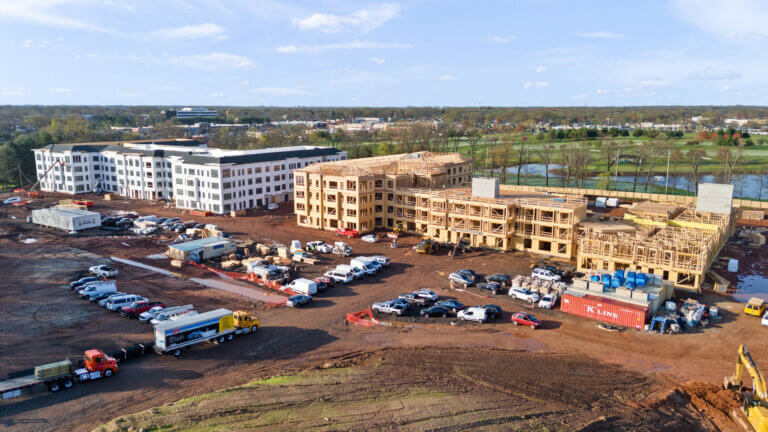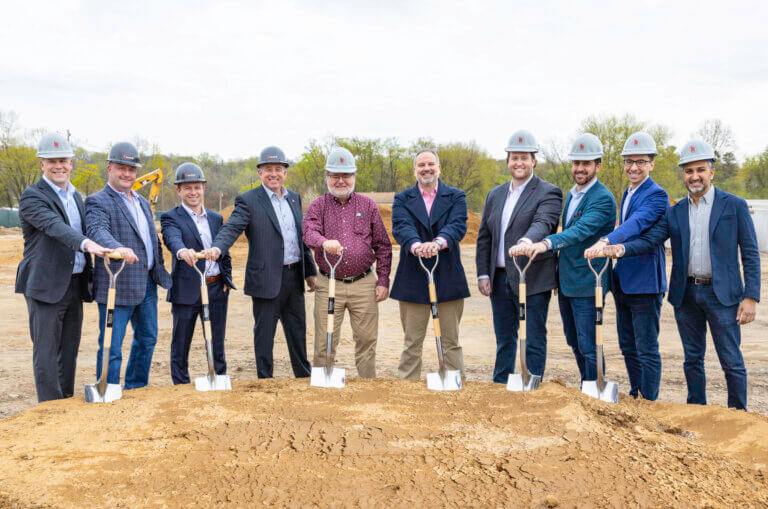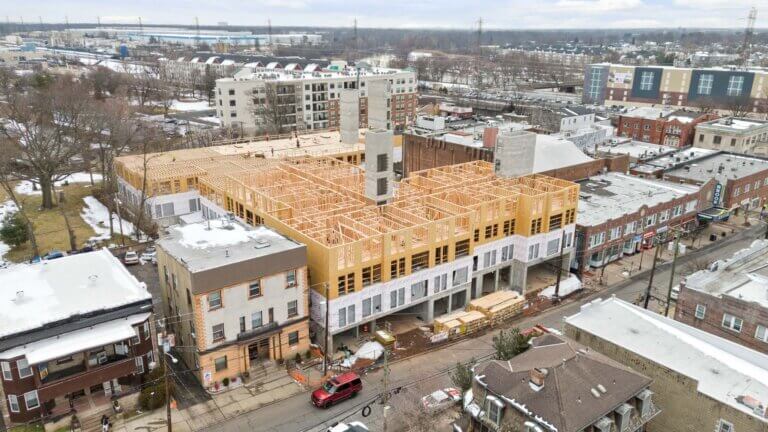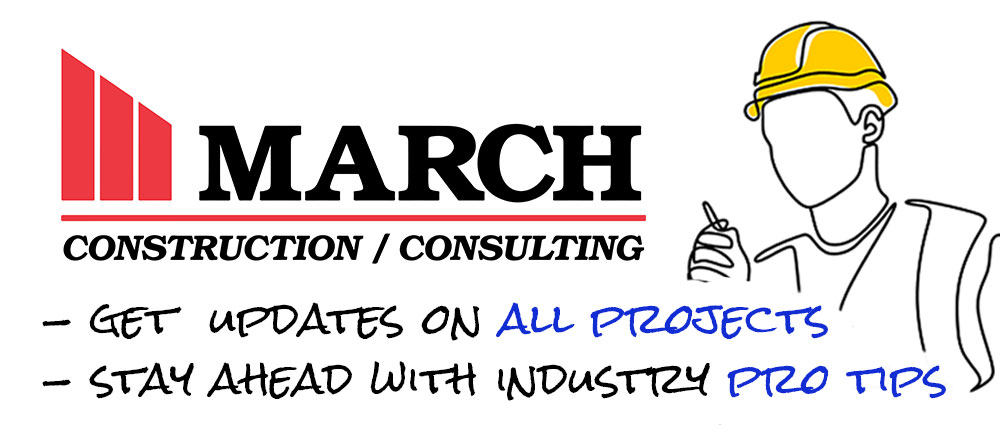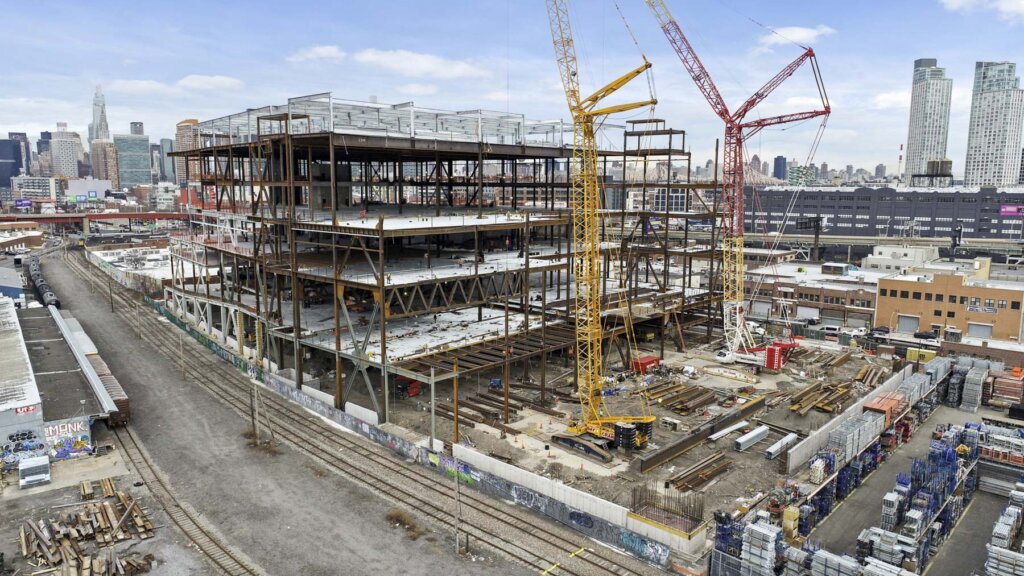
Material selection can be the difference between a run-of-the-mill project to a top-tier effort.
From improved energy efficiency to longer lifespan, keep reading for 5 important considerations that highlight the impact of material selection in industrial construction projects.
Better Energy Efficiency
With the United States eyeing a net-zero economy by the year 2050, the creation of energy efficient buildings is a top priority in industrial construction.
In many cases, buildings are looking for ways to incorporate solar panels or other types of PV technology onto their premises.
While this is a great way for a commercial structure to create renewable energy, there are other steps a building can take to lower energy consumption altogether.
Some features that can increase the energy efficiency of a building include:
- High thermal mass framing materials
- Polyiso exterior wall insulation to help reduce thermal bridging
- Hurricane grade storm windows to keep an airtight building envelope in all weather conditions
Not only will choosing energy-efficient building materials help lower utility costs in the building, but they will help the building stay ahead of rapidly evolving building codes and energy efficiency ordinances.
Improved Safety
Safety should be at the forefront of any construction project.
However, it really comes under the microscope in the industrial sector.
Any type of building meant to accommodate large numbers of workers, machinery, and visitors is at a greater risk of lawsuit than private structures.
Some materials that can help improve the safety of an industrial building include:
- Innovative smoke baffles and fire curtains that deploy when a threat is detected
- Glass railing around stairwells and elevated walkways
- Safety doors and credentialed access to prevent unauthorized entry
To leverage safety materials to the fullest, it is worthwhile to partner with a professional building inspector throughout the construction process.
Their discerning eye can help identify any potential issues before they arise.
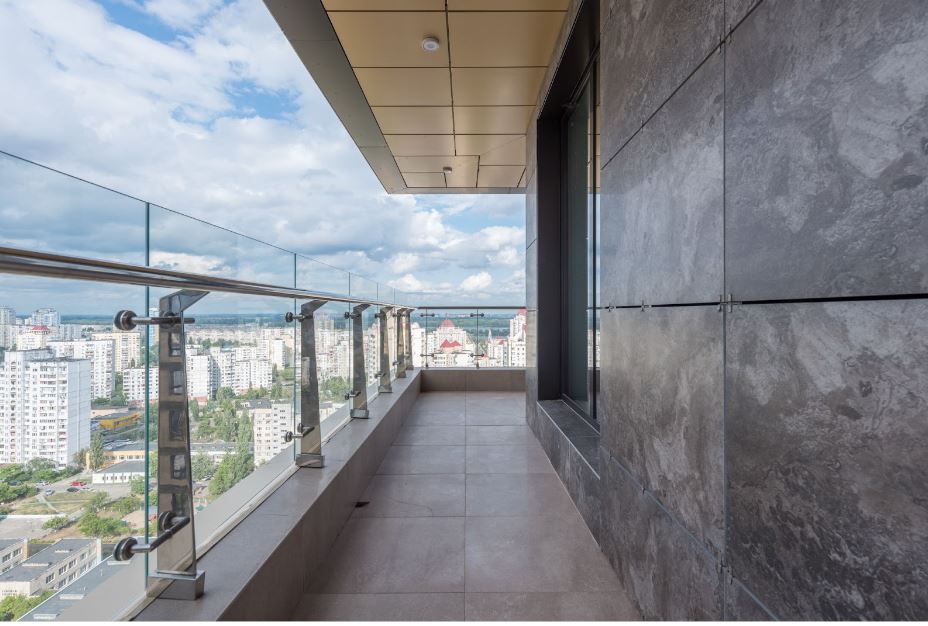
Less Ongoing Maintenance
It is no secret that the cost of construction has gone steadily up in recent years.
And while this may make it tempting to cut corners and build with cheaper materials, it is important to keep an eye on the future.
Ongoing maintenance and repair costs can make the cost of more economical materials add up in a hurry.
Therefore, it is a great idea to build with materials well-positioned to stand the test of time. Some examples are:
- Epoxy terrazzo flooring that is capable of accommodating significant foot and machine traffic
- Crystalline waterproofers in all concrete surfaces to prevent water ingress and accompanying damage
- Metal roofing to prevent UV and impact damage
All in all, while choosing more durable materials may result in a higher upfront cost, the chances are better that they will eventually pay for themselves over time.
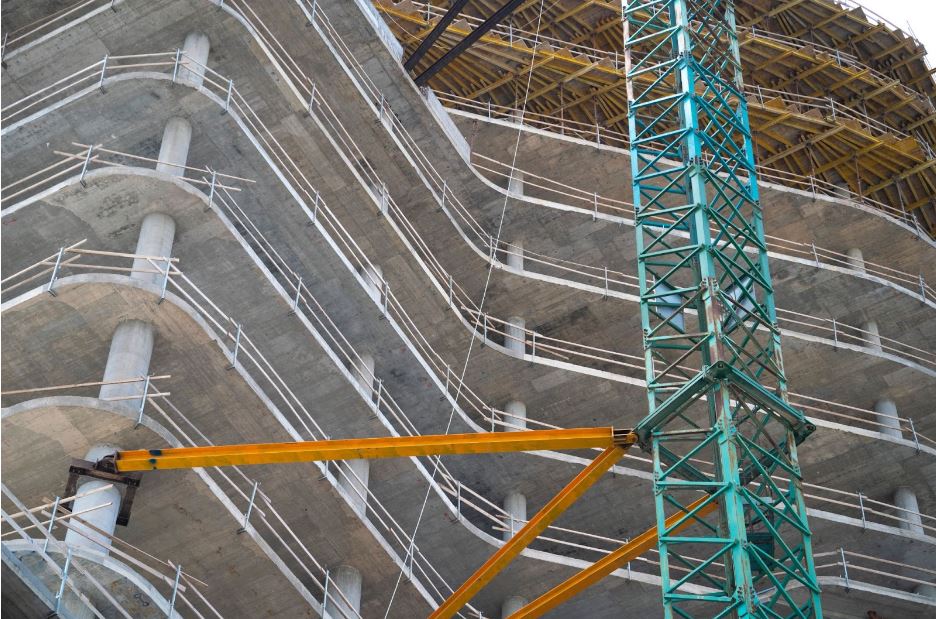
Increased Versatility
Versatility is a major calling card of industrial buildings in 2023. Structures must be able to wear a lot of hats and potentially be able to accommodate multiple tenants simultaneously.
To this effect, structural steel framing is a popular choice for industrial structures. Steel buildings provide large amounts of clear span that can make it easier for machinery to operate inside the building.
For industrial warehousing purposes, extra clear span gives tenants greater flexibility for shelves and racking to help maximize vertical space as efficiently as possible.
Some commercial facilities are even looking at ways to utilize rooftop space.
The roof can be an important access point for service professionals.
It can also be an option for providing temporary storage. When building a functional rooftop, it is important to use metal b decking to provide the necessary rooftop support.
B decking attaches to the roof substrate before the finishing material is applied. It provides shear support that transfers vertical loads incurred by the roof horizontally to the frame.
This helps reduce the risk of acute damage to the roof and allows it to accommodate much higher weights than it could in the absence of b decking.
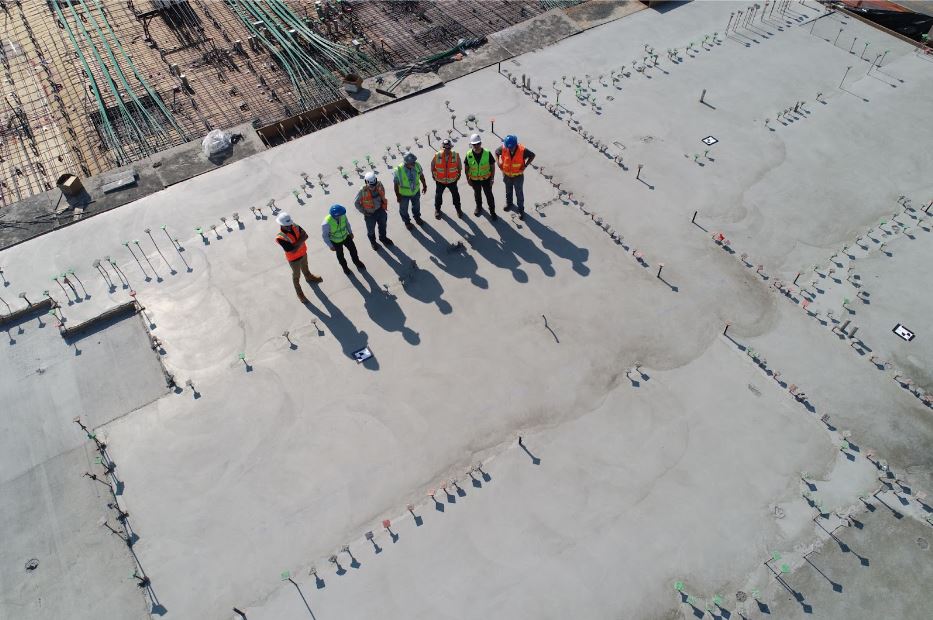
Longer Lifespan
In addition to energy efficiency, sustainability is an important aspect of creating an environmentally friendly structure.
It is important to create a building that will not only perform well during the current tenant’s use, but also be well-positioned to keep thriving decades into the future.
This reduces demolition costs and material waste. Some materials that are likely to last for 50 or more years are metal roofing, fiber cement siding, and epoxy terrazzo flooring.
Choose the Right Materials for Industrial Construction
No industrial construction project can reach its full potential without the right materials there to assist.
With this in mind, choose from any of the innovative materials listed above to guarantee the greatest impact on industrial construction projects in 2023!
This article is a guest post by Brian Jeffries — a freelance writer that loves sharing his knowledge and expertise on construction projects and materials.
He lives in Winter Park, Florida where he enjoys spending time with his wife and working on projects in his spare time. Brian’s work as a freelance writer can be found on Building Product Advisor, a new construction industry resource.

